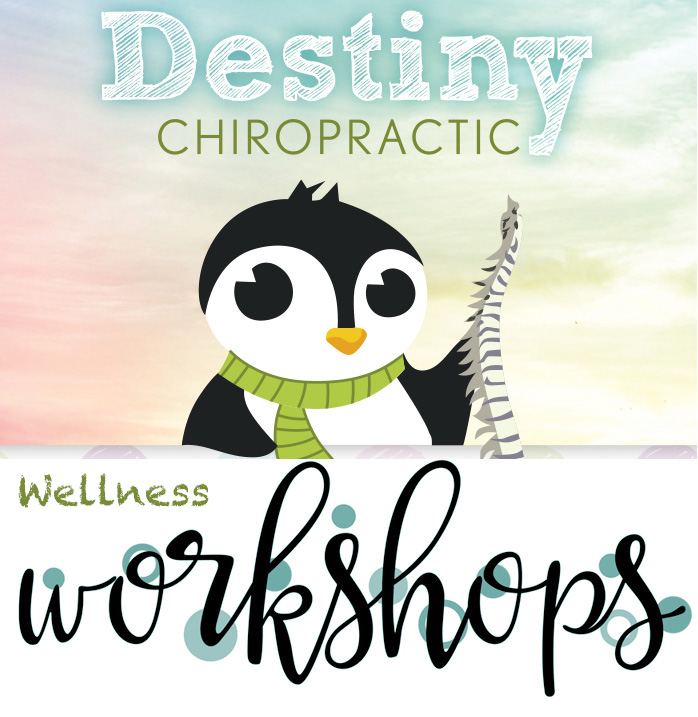We Specialized In The Activator Method
Discover the gentle low-force technique that incorporates the latest advances
Your Healing is a Call Away
(561) 627-8464
Palm Beach Gardens Office
100 Village Square Crossing
Palm Beach Gardens, FL 33410
Start Your Life of Wellness
Schedule and Appointment
Chiropractic is helpful in treating children suffering from certain conditions
Has your child’s spine been checked?
 Having your child’s spine checked for problems is important – perhaps more so than having your children’s teeth checked for cavities. While we do not wish to irresponsibly or unprofessionally scare parents into bringing their children in for spinal checkups, we do feel it is our responsibility to inform parents about the importance and value of appropriate spinal care. If you are interested in scheduling an appointment for your child or perhaps have questions, we welcome you to call and schedule a consultation or request to speak directly to the doctor – we believe your child’s health is worth it.
Having your child’s spine checked for problems is important – perhaps more so than having your children’s teeth checked for cavities. While we do not wish to irresponsibly or unprofessionally scare parents into bringing their children in for spinal checkups, we do feel it is our responsibility to inform parents about the importance and value of appropriate spinal care. If you are interested in scheduling an appointment for your child or perhaps have questions, we welcome you to call and schedule a consultation or request to speak directly to the doctor – we believe your child’s health is worth it.
Spinal Curve Development
The shape of the spine at birth is similar to the shape of the letter “C”. At around the age of 3 months, as the baby raises it’s head, the cervical spine gains it’s “lordosis” or reversed “C” shape curve. Around 6 months of age, the infant adopts a seated and standing posture and the lower back – lumbar spine – also becomes lordotic or “C” shaped in nature.
Spinal Length and Growth
At birth, the spinal column comprises 40% of the total length of the infant – identical to the adult. However, the average length of the spinal column in the newborn is just 24 cm or 9.6 inches. The spinal column grows 50% in length during the baby’s first year of life. Over the following 4 years the spine will continue to grow another 15 cm reaching a length of 51 cm or 20.4 inches. From ages 5-10, the spine grows an additional 10 cm. Once puberty is reached and until the age of 18 the spine will typically grow another 20 cm in males and 15 cm in females.
Back Pain
In a recent study, 1178 school children were surveyed and back pain was found to be cumulatively prevalent in more than 50%. Adolescents who participate in sports experience a higher incidence of back problems due to the excessive spinal loading which accompanies most sports. Similar to adults, chiropractors obtain excellent results treating back pain in children and adolescents. Chiropractic care in children and adolescents is safe, effective, and focuses on treating the cause of their discomfort rather than masking symptoms. Many of our most satisfied patients are children and adolescents.
Scoliosis in the Child
Scoliosis is the lateral deviation (sideways curving) of the spine and commonly affects children and adolescents. 4% of children aged 10-14 have detectable scoliosis. 60-80% of those affected are girls. While most cases of childhood and adolescent scoliosis stop progressing once spinal maturity is reached, progression of the curve past spinal maturity is not common.
Diagnosis
 Since the abnormal curvature may not be obvious upon inspection of the back, even to the trained eye, an uneven shoulder height or clothes not appearing to hang off the body symmetrically may be the first indication. Also, a complaint of back pain, ache, discomfort or fatigue may be present.
Since the abnormal curvature may not be obvious upon inspection of the back, even to the trained eye, an uneven shoulder height or clothes not appearing to hang off the body symmetrically may be the first indication. Also, a complaint of back pain, ache, discomfort or fatigue may be present.
However, this does not generally occur until later stages after the spinal ligaments and muscles have been chronically irritated. If the lateral curvature continues to progress, cardiovascular compromise can result – ultimately leading to severe disability or death.
Types
 Infantile – Infantile scoliosis is a lateral spine deviation occurring during the first 3 years of life and is twice as common in males. Approximately 74-97% resolve on their own but those that do progress do so in a severe and disabling manner. This condition is, however, rare in North America.
Infantile – Infantile scoliosis is a lateral spine deviation occurring during the first 3 years of life and is twice as common in males. Approximately 74-97% resolve on their own but those that do progress do so in a severe and disabling manner. This condition is, however, rare in North America.
Juvenile – Juvenile scoliosis refers to scoliosis occurring in children aged 3 until the age of puberty – approximately 10 years of age. Juvenile scoliosis can continue to progress in severity. If progression occurs without appropriate treatment severe spinal deformity and cardiovascular compromise can result.
Adolescent – Adolescent scoliosis is scoliosis detected in those who have reached puberty but have yet to reach adulthood. This is the most common type of idiopathic scoliosis (unknown cause). Progression and future health problems can occur.
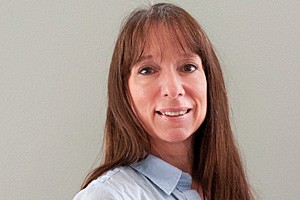
Hi, It’s Dr. Bonner
Wellness care is designed to have a person experience the very best they can be, and maintain that level of health. Let us design a chiropractic solution specifically for your needs.
Common Conditions Addressed With Pediatric Chiropractic Care
- ADD/ADHD
- Allergies
- Asthma
- Bed wetting
- Breech Baby
- Colic
- Constipation
- Digestive Issues (ie. IBS)
- Ear Infections
- Headaches/Migraines
- Learning Disabilities
- Menstrual Problems
- Flat Head Syndrome (Plagiocephaly)
- Scoliosis
- Sensory Processing Disorder
- Sinus Problems
- Sleeping Problems
- Torticollis
- TMJ Syndrome
Chiropractic care for children offers a gentle and effective approach to address various musculoskeletal issues and promote overall wellness. Here are some common pediatric conditions that can be addressed with chiropractic care:
Colic: Chiropractic adjustments can help alleviate colic symptoms in infants by addressing spinal misalignments that may be contributing to discomfort and digestive issues.
Ear Infections: Gentle chiropractic adjustments can help improve drainage and function of the Eustachian tubes, potentially reducing the frequency and severity of ear infections in children.
Growing Pains: As children grow and develop, they may experience musculoskeletal discomfort known as growing pains. Chiropractic care can help relieve tension and discomfort in the muscles and joints, allowing for more comfortable growth.
Postural Issues: Poor posture, whether from prolonged sitting, carrying heavy backpacks, or other factors, can lead to musculoskeletal problems in children. Chiropractic adjustments and corrective exercises can help improve posture and prevent future issues.
Sports Injuries: Active children and adolescents are prone to sports-related injuries such as strains, sprains, and minor misalignments. Chiropractic care can aid in the rehabilitation process, promoting faster recovery and preventing recurring injuries.
Experience And Feel The Difference With The Destiny Chiropractic Approach
At Destiny Chiropractic, we understand the unique needs of pediatric patients and provide specialized care tailored to children and adolescents.
Destiny Chiropractic Solutions for Pediatric Conditions
Gentle Techniques: We use gentle and age-appropriate chiropractic techniques specifically designed for pediatric patients to ensure their comfort and safety during adjustments.
Child-Friendly Environment: Our office is welcoming and child-friendly, with a warm and inviting atmosphere to help children feel relaxed and at ease during their visits.
Comprehensive Assessment: We conduct thorough assessments to identify any underlying issues contributing to a child’s symptoms, taking into account their developmental stage and individual health history.
Collaborative Care: We work closely with parents and other healthcare providers to ensure coordinated care and optimal outcomes for pediatric patients. This may include communication with pediatricians, physical therapists, and other specialists as needed.
Education and Prevention: We educate parents and children about the importance of proper posture, ergonomics, and injury prevention strategies to promote long-term musculoskeletal health and wellness.
At Destiny Chiropractic, we are dedicated to providing compassionate and effective care for pediatric patients, helping them thrive and reach their full potential.
Experience Better Health Through Chiropractic Care
Have Questions?
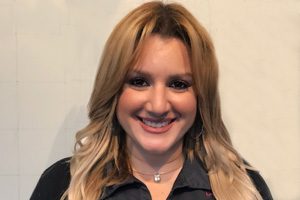
(561) 627-8464
100 Village Square Crossing
Palm Beach Gardens, FL 33410
Payments Accepted
![]()
![]()
![]()
![]()
Door-to-Door Directions

It is so easy getting here… Enter your starting address (street, city, state)
Office Hours
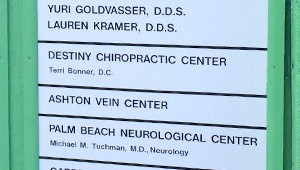
Monday, Wednesday & Thursday
10:00-11:45 & 2:00-6:30
Tuesday
2:00-6:30
Saturday
10:00-11:45
Free Spinal Workshops At Our Palm Beach Gardens Office
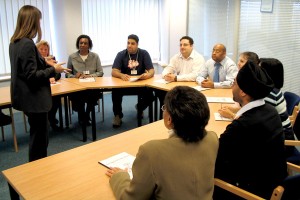 The first Monday of every month from 6:30pm to 7:00pm, and the first of Thursday of every month from 1:30-2:00pm. our chiropractor doctor Terri and her staff present Health Talks to our patients and the community!
The first Monday of every month from 6:30pm to 7:00pm, and the first of Thursday of every month from 1:30-2:00pm. our chiropractor doctor Terri and her staff present Health Talks to our patients and the community!
These Health Talks bring you practical information on a diverse range of topics meant to inspire various lifestyle changes that will ultimately lead you to optimal health. All are welcome at NO CHARGE.
According To Our Patients
PRACTICING SINCE
1984

